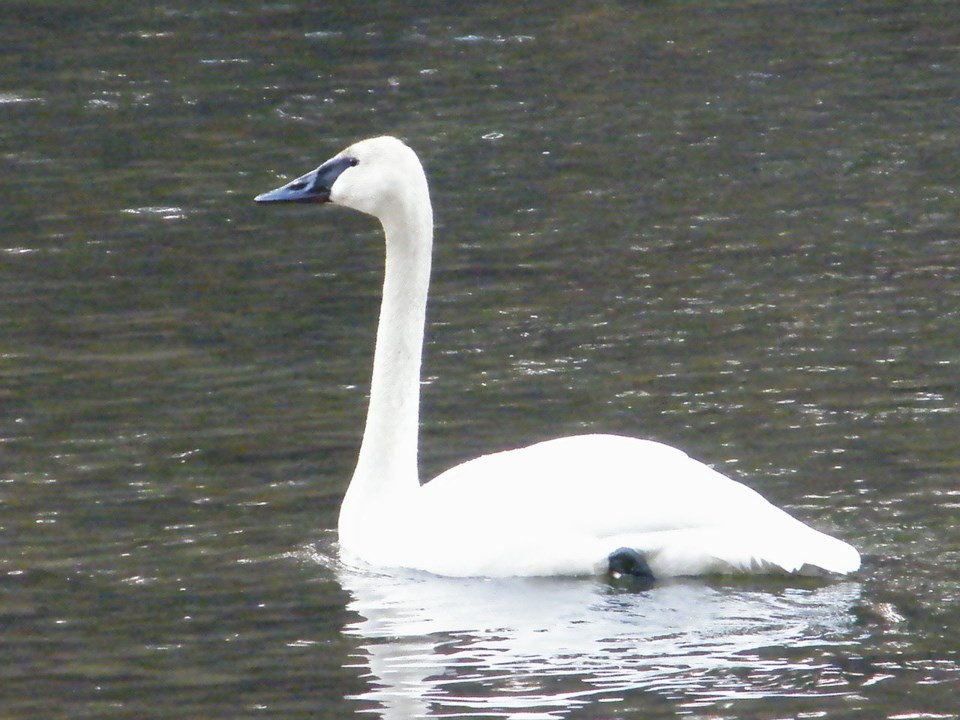The Salish Sea hosts many species of waterbirds in the wintertime as our mild temperatures and varied marine ecosystems meet the needs of many members of the goose, swan, duck, grebe and loon families. In the springtime almost all of these species depart to breed across huge swaths of western North America. A birder scanning the water at Mission Point in January may see 20 different species of waterbirds with hundreds or even thousands of individuals. The same scan in July may not produce a single bird, and not just because of the human beach activity. The birds that wintered here may be thousands of kilometres away in Alaska, Yukon, NWT and the northern Prairie provinces.
The more than 40 species of birds referred to above depart from the Sunshine Coast, or migrate overhead, on a varied schedule from about the first of March to the first of June. The earliest migrants are the flocks of trumpeter swans that migrate north during March, followed by the skeins of geese in April. From mid-April into May flocks of sometimes thousands of surf scoters are frequently observed at favoured feeding locations along our coast. In late April and May large flocks (largest 3,200) of Pacific loons can be found offshore, particularly west of Thormanby Island. This is the visible migration as these species congregate and migrate in flocks. Most of the duck migration is invisible as the birds migrate individually or in small flocks.
Timing of migration for individual species depends on a number of factors, especially where the destination is and where they may stop along the way. I have been on the central Barren Lands of Canada in mid-June and the thousands of tundra ponds and lakes may only have small patches of ice-free water at that date. Obviously, birds do not want to arrive to still frozen habitat.
The following are a few examples of where our local wintering species spend the summer breeding. The trumpeter swans that pass by in March are mainly heading to Alaska and Yukon. The thousands of snow geese in April are all destined for Wrangell Island in Siberia, while any migrant Canada geese could be breeding absolutely anywhere in the whole of Canada. Common wintering duck species such as mallards and green-winged teal breed across North America, while American wigeon and bufflehead only breed east of the Coast Range, surf scoters and red-breasted mergansers only breed north of 60 degrees, and Barrow’s goldeneyes only breed west of the Rockies. The list of waterbirds that breed on the Sunshine Coast is very short but includes wood duck, common and hooded mergansers and common loon.
These waterbirds will return to winter with us again, starting to appear as early as mid-August. Until then, birders will be enjoying the presence of the passerines, the many species of land-based birds. To report your sightings or questions contact [email protected] or 604-885-5539. Good Birding.



